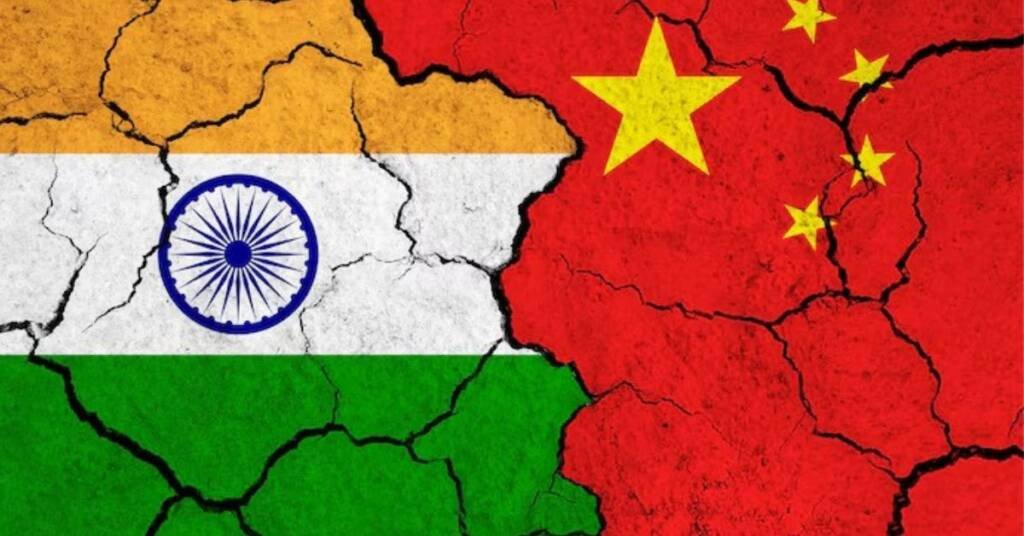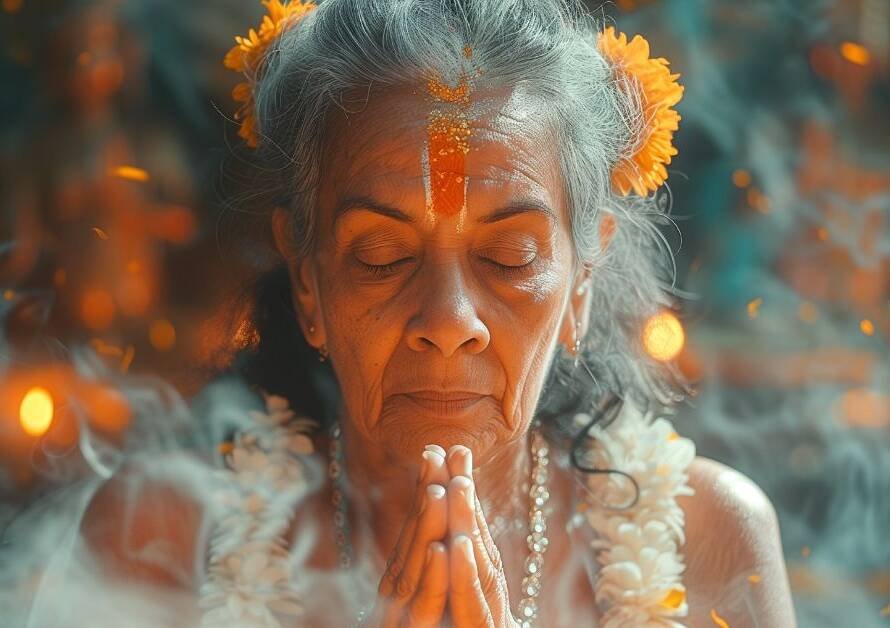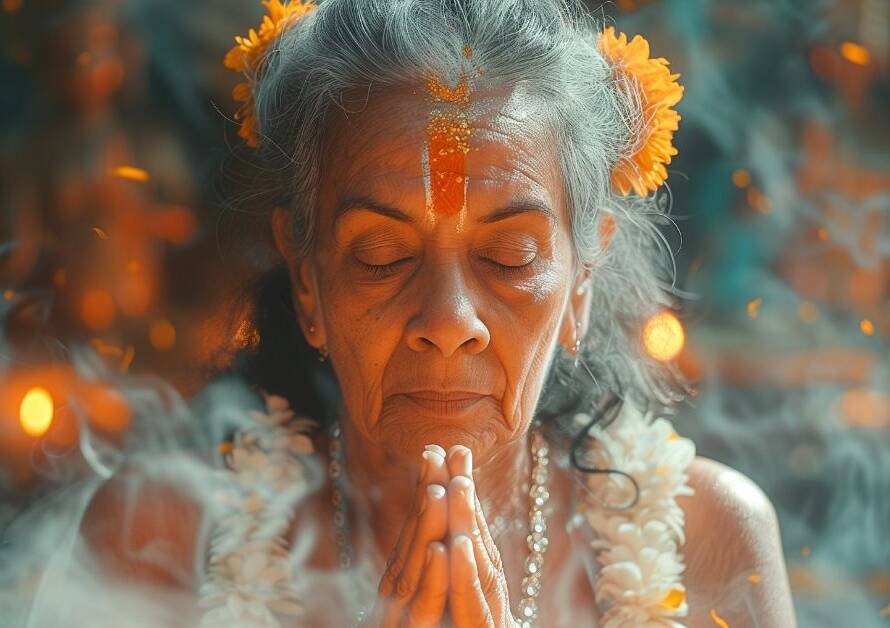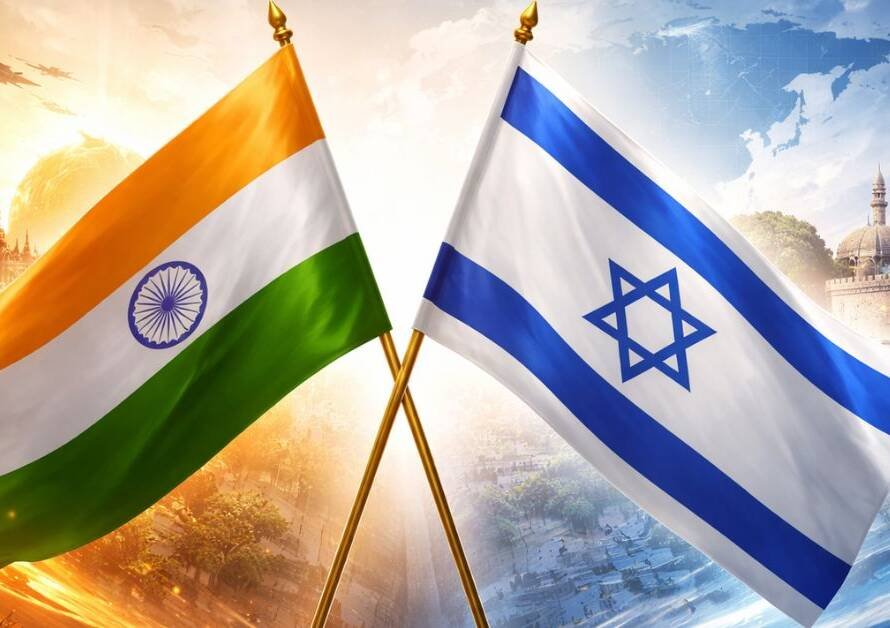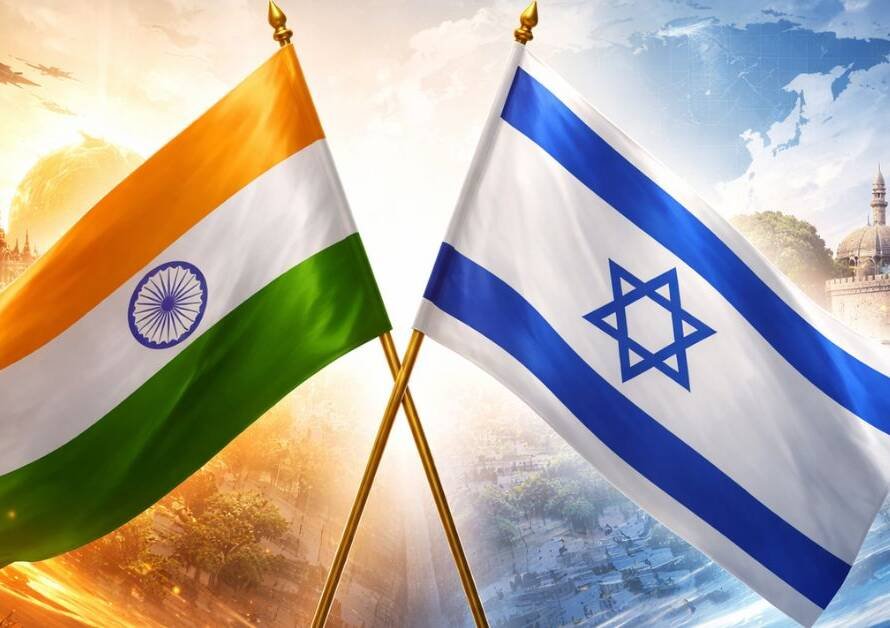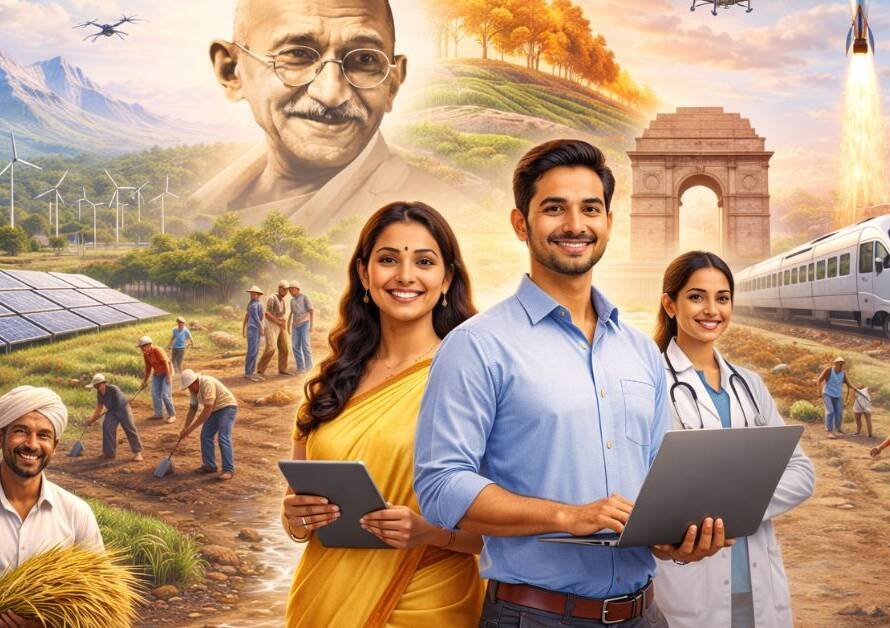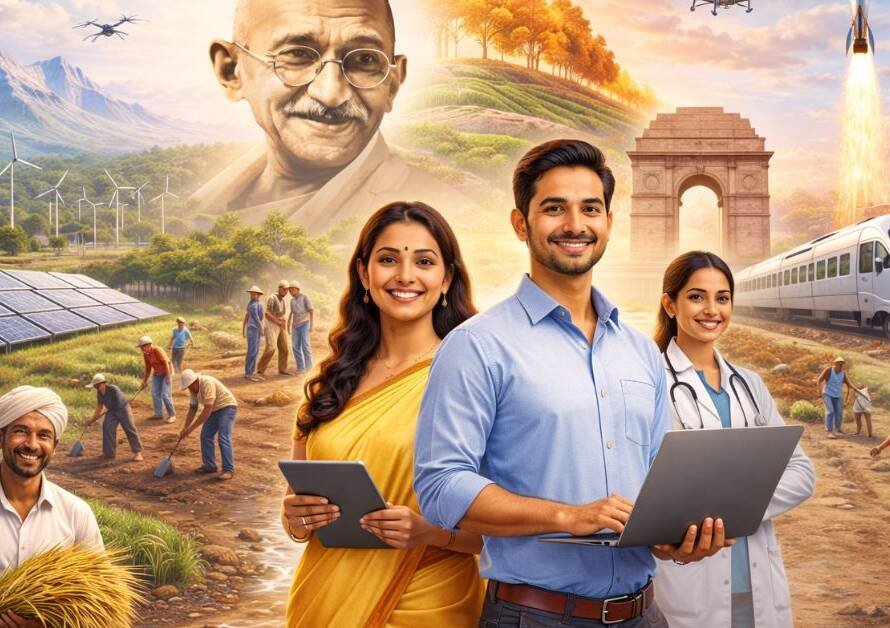China vs India is more than just a political struggle—it’s a battle of influence, power, and global positioning. In this analysis, we dive deep into the tough realities of their competition and what it means for the world moving forward.
Why China is a Superpower & India Is Still Chained
1. One-Nation Governance vs Vote-Bank Chaos
China: No elections, no opposition, no appeasement. One party, one vision — national growth.
India: Divided politics. Parties thrive on Hindu-Muslim, Dalit-Brahmin, caste and minority games.Learning: India must rise above vote-bank politics and ensure leaders serve the nation, not communities.
2. Zero Tolerance Policy vs Soft State
China: Death penalty for corruption, rape, smuggling, terrorism, and treason.
India: Years of trials, bail, protests, political shields, and appeasement of criminals.
Learning: Implement fast-track strict justice for serious crimes. No mercy for traitors or terrorists.
3. No Anti-National Activities Allowed
China: No PFI, no Bhim Army, no radical activism.
India: Radical groups flourish under the garb of “rights” and “freedom of expression”.
Learning: Ban anti-national organisations. Monitor universities, shut down propaganda networks.
4. Unified Culture vs Fragmented Society
China: No religious or caste divisions. No public display of radical ideologies.
India: Every issue becomes caste or religion-based, fueling further divide.
Learning: Promote Indian identity first, not community-based narratives. Nation above all.
5. Self-Made Media vs Foreign-Controlled Narratives
China: Only state media. No foreign manipulation of public opinion.
India: Media is divided — some are nationalistic, others openly run anti-India propaganda.Learning: Strengthen media accountability and cut foreign-funded narrative manipulation.
6. Work = Survival vs Freebie Culture
China: No work? No food. No subsidies for laziness.
India: Subsidies, free electricity, free phones — all for votes, not productivity.Learning: Build a culture of self-reliance, not dependency.
7. Controlled Social Media vs Free-for-All Chaos
China: Censored media that prioritizes national unity.
India: Social media used to spread hate, fake news, and provoke riots — often with foreign support.
Learning: Introduce strict digital laws to stop anti-national trends and paid propaganda.
8. Nation First vs Minority Appeasement
China: Islam and other radical ideologies are curtailed to ensure national security.
India: Radical elements are appeased, even after open threats or violence.Learning: National security must come before appeasement of any group.
Key Takeaways for India
If India wants to become a true global power:
- Stop appeasement politics immediately.
- Enforce one law for all — no special rights for vote banks.
- Punish corruption and terror with speed and finality.
- Empower national identity over caste or religious identity.
- Control anti-national forces in education, media, and NGOs.
- Hold every citizen accountable — no subsidy without productivity.
- Use technology for nation-building, not destruction.
India has everything China doesn’t — culture, democracy, and spirit.
But unless we unite, stay disciplined, and say no to appeasement, we’ll remain a nation of potential, not power.
It’s time for bold reforms. For courage. For Hindus to unite and lead.
🇳🇪 Jai Bharat, Vandematram 🇳🇪
For more blogs please visit www.saveindia108.in
👉Join Our Channels👈

